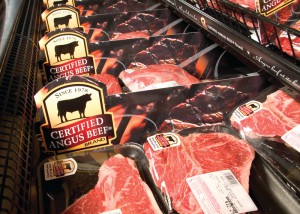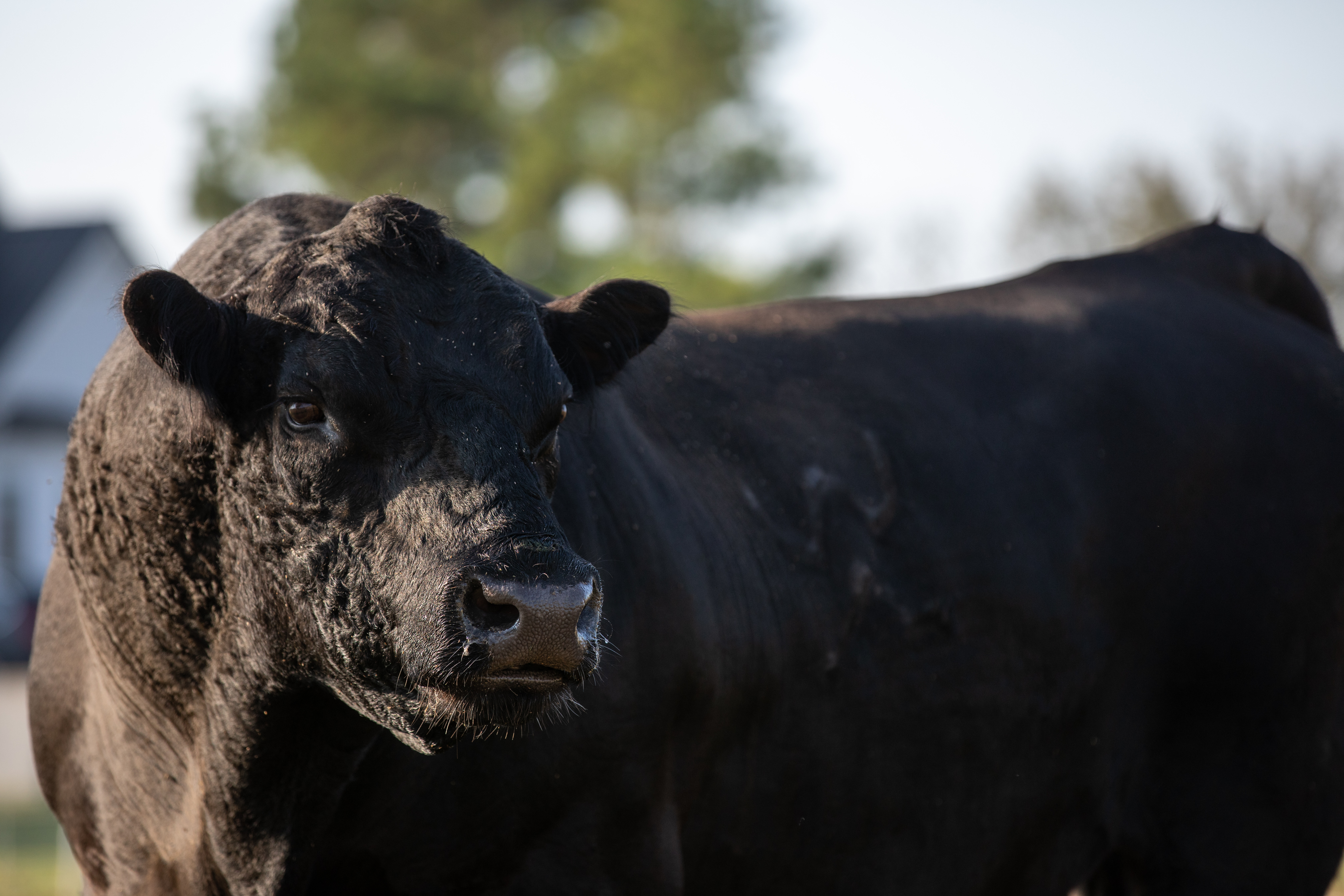15 years ago, the American Angus Association’s Board of Directors set a goal. By the year 2020, they wanted to see Certified Angus Beef® brand acceptance rates at the 30% mark. Along the way, there were times that number felt completely unattainable — like in 2006, for example, when rates hit an all-time low of 14%.
But something happened.
 More and more Angus producers started focusing on grid marketing and the profit-boosting premiums they could earn. They became more quality-focused and more critical of their genetic selection and culling decisions.
More and more Angus producers started focusing on grid marketing and the profit-boosting premiums they could earn. They became more quality-focused and more critical of their genetic selection and culling decisions.
It paid off.
This summer, we saw two months in a row with 30.1% CAB acceptance rates. That means almost one-third of all identified black-hided, Angus-type cattle met the 10 specifications. It also means we were up 3 percentage points since one year prior. And while that doesn’t sound like a lot, it is.
As Larry Corah put it earlier this year, “Three points may seem small, but when applied to millions of cattle, a small number gets big. Really big.”
 Those 3 percentage points mean 390,000 additional head of cattle each year qualifying for the brand, generating 99 million pounds of product. That’s enough to add 500 new licensed grocery stores!
Those 3 percentage points mean 390,000 additional head of cattle each year qualifying for the brand, generating 99 million pounds of product. That’s enough to add 500 new licensed grocery stores!
And it’s possible to grow that much again next year. After all, marbling traits are highly heritable, making it easy to improve one’s acceptance rates in a short time span.
Who knows how high that number could go by 2020.
-Katrina
Katrina Huffstutler is a freelance writer based in Electra, Texas. She’s a frequent contributor to the Black Ink team and lover of functional cattle and quality beef.
—-
PS — You can follow along as we blog our way through November. Here’s what you may have missed in our “Every number has a story series”:
Day one: $6.93
Day two: 2.5 million
Day three: $204.10
Day four: 12.1 million
Day five: 11/13
Day six: 8 million
Day seven: 139
Day eight: $39





